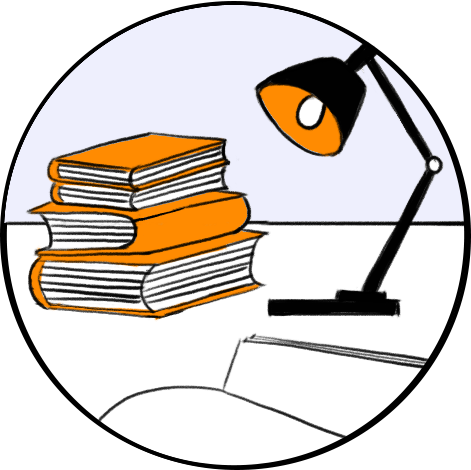- Español
- Euskara
- English
- Français
Fourth Industrial Revolution; Intangible Cultural Heritage; Safeguard; Systematic Literature;
Intangible cultural heritage (ICH) has been recognised as an indicator of the tangible heritage’s cultural diversity, which contains inherent characteristics of the community’s knowledge, practices, expressions and skills. Thus, various actions of support and collaboration to safeguard the global cultural diversity were conducted, preventing the deterioration and destruction of intangible heritage, which paved the way for the Fourth Industrial Revolution (IR 4.0). This study aimed to examine the safeguarding of ICH relating to a range of heritage objects, including textiles, design motifs, and crafts. Nine papers on ICH published between 2014 and 2020 were collected from several reputable databases. These articles were taken from Scopus (3 articles), Google Scholar (5 articles) and Dimensions (1 article) databases in various subject areas of social sciences using the Preferred Reporting Items Systematic reviews and Meta-Analysis (PRISMA) method. Currently, the most sophisticated means of safeguarding ICH comprised eliminating knowledge barriers, incorporating diverse cultures and technology, collaborations between organisations, eco-friendly materials and versatility in promotional strategies. The findings will contribute to the Malaysian Sustainable Development Goals (SDG 4) by providing high-quality education on intangible knowledge to industry players, tourists, and local communities. Moreover, the integration of art, knowledge, and technology have enabled deeper perception among the varied audience, providing a fundamental understanding of intangible knowledge. Lastly, this idea will enhance the sustainability of traditional human values, hoping that cultural heritage will survive and remain long-term.




